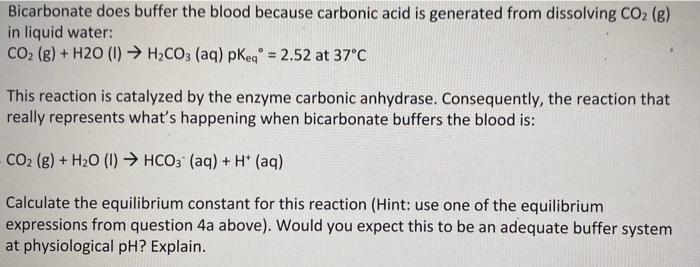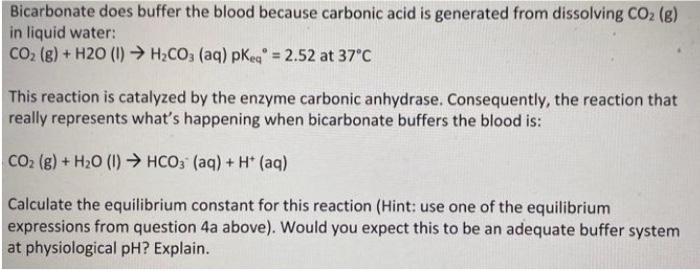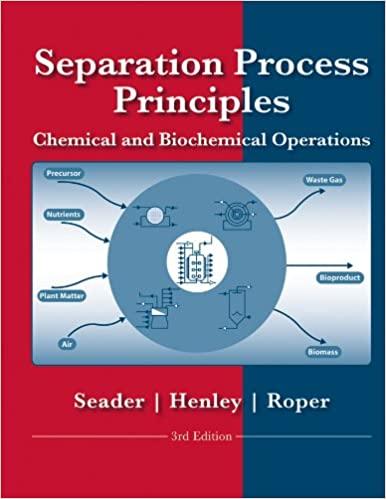Answered step by step
Verified Expert Solution
Question
1 Approved Answer
Bicarbonate does buffer the blood because carbonic acid is generated from dissolving CO2(g) in liquid water: CO2(g)+H2O(I)H2CO3(aq)pKeq=2.52at37C This reaction is catalyzed by the enzyme carbonic



Step by Step Solution
There are 3 Steps involved in it
Step: 1

Get Instant Access to Expert-Tailored Solutions
See step-by-step solutions with expert insights and AI powered tools for academic success
Step: 2

Step: 3

Ace Your Homework with AI
Get the answers you need in no time with our AI-driven, step-by-step assistance
Get Started


